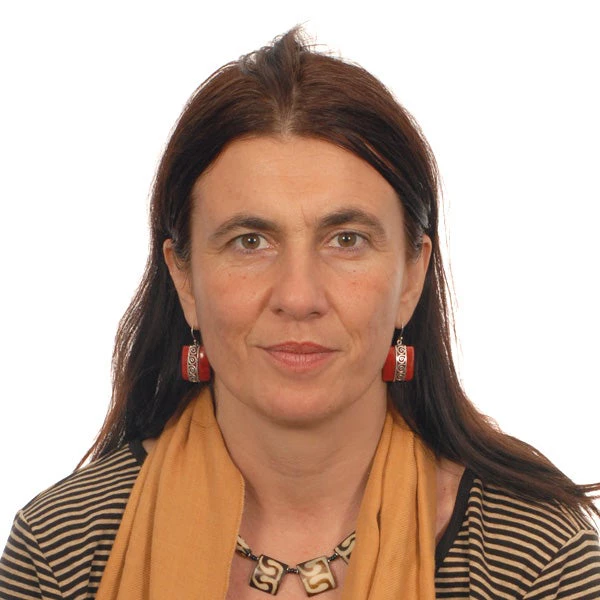
This is part of a series of blogs focused on the Sustainable Development Goals and data from the 2016 Edition of World Development Indicators.
Forests cover 30 percent of the Earth's land but around 13 million hectares vanish each year , despite efforts to protect them. Between 1990 and 2015 the world lost more than 129 million hectares—over 3 percent of its forest area. Despite efforts to protect forests, natural habitats and biodiversity, the impact of of human activity on the environment continues to affect the world’s poorest communities and deforestation, desertification and the loss of biodiversity all pose major challenges. Sustainable Development Goal 15 looks to “Protect, restore and promote sustainable use of terrestrial ecosystems, sustainably manage forests, combat desertification, and halt and reverse land degradation and halt biodiversity loss".
Protecting forests
Crucial to both the health of the planet and its diverse species and to the livelihoods of a fifth of the human population, forests contribute to long-term economic growth, social inclusion, and environmental stability. Despite many international engagements to protect forest areas, national and regional afforestation and reforestation efforts need to accelerate to ensure the sustainability of forests (target 15.2). While some regions have steadily increased forest coverage, Latin America and the Caribbean has lost 97 million hectares since 1990, and Sub-Saharan Africa has lost 83 million hectares. Over 16 percent of Brazil’s original Amazonian forest has disappeared, and the current rate of loss is 2 million hectares a year. Pressures on forests will continue as the world’s population grows, urbanization accelerates, and demand for food, fiber, energy, and minerals increases.
Minimizing desertification and land degradation
The loss of potential and existing agricultural land to drought, floods, and land degradation affects vast swathes of the world’s poor, many of whom depend on agriculture for their livelihoods and nourishment. Restoring land and soil (target 15.3) helps keep land degradation in check.
Soil degradation affects 52 percent of agricultural land, and arable land is being lost at 30–35 times its historical rate . Drought and desertification have led to losses of 12 million hectares, on which 20 million tons of grain could have been grown, and have further impoverished already vulnerable communities. Degradation in the drylands—zones naturally predisposed to high aridity and water - is causing the desertification of 3.6 billion hectares. Degradation and concurrent loss of vegetative cover also lead to a loss in net primary productivity, the rate at which vegetation fixes carbon dioxide from the atmosphere. Implementing sustainable and integrated land and water management practices will help the areas and populations most impacted.
Safeguarding natural habitats and biodiversity
As forests, drylands, and freshwater ecosystems disappear, so does the world’s biodiversity. Action to protect and prevent the extinction of threatened species and their habitats will help reverse this (target 15.5). Plants provide humanity with 80 percent of the human diet, and populations throughout Africa, Asia and Latin America use traditional plant-based medicine to help meet their healthcare needs. Substantial gains have been made in conserving biodiversity, with roughly 12 percent of global forests now designated as protected areas.
Many species are under threat of extinction due to climate change, poaching, overfishing, pollution, and habitat degradation. Of the 8,300 animal breeds known to humans, 8 percent are extinct, and 22 percent are on the brink of extinction . Among assessed species, the highest number of threatened plants are in Latin America and Caribbean, the highest number of threatened fish are in Sub-Saharan Africa, the highest number of threatened birds are in East Asia and Pacific, as is the highest number of mammals, alongside Sub-Saharan Africa



Join the Conversation